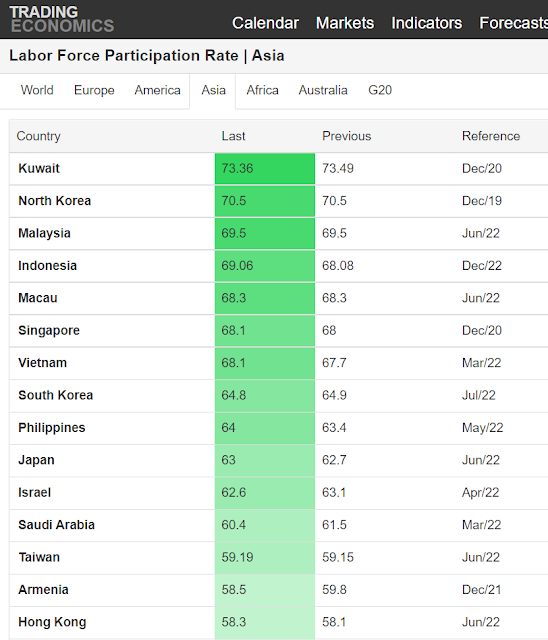It has been told many times by some that the World will be in trouble if they continued to oppose Russia in trying to take over Ukraine. The Russian leaders have been quoted to say that Russia was only trying to solve a "domestic problem" in Ukraine. Putin even called this Ukraine military action a "special military exercise."
Voices are heard everywhere, threatening those "unfriendly nations" who recently sanctioned Russia that they will get the worse when Putin asked them to pay their natural gas bill in "Roubles" instead of the Euros or US dollars.
It is not the intention of this article to find out if such voices are correct or the unfriendly nations will get into real trouble. It intends to present a correct picture to the reader for them to judge for themselves if such threats are real.
The Supplies from Russia
Russia is a country blessed with a lot of minerals and supplies that the World needs. Natural Gas is one of them. Countries near Russia, such as Poland, Germany, China are not only getting natural gas in LNG tanks but also piped gas through long pipelines all the way from remote Russian areas such as Sibireas. Over 70% of the country's reserves are currently held by Gazprom, a Russian state-owned company.
How much Natural Gas is from Russia?
One can find this information from a lot of sources. The ones shown here are from Worldometer. The following picture shows the yearly natural gas production (in MMCF) of the 10 largest gas producers of the World.
a) In numbers
<Doubleclick picture to go to the original webpage>
b) in Pie Chart
How the Russian Gas would affect the World Supply?
As can be seen from the above chart and table, Russia supplied about 14% of the World's natural gas. The US and the rest of the World supply the remaining 86%. With this kind of supply distribution, it is hardly a conclusion that one can make to say the World's natural gas supply would be in trouble if Russia were to take drastic actions about supplying its natural gas.
Moreover, the recent natural gas price hikes have already broken down the cost barrier and quenched the fear for many countries to consider bringing in LNG supplies from other countries instead of getting supply through the usual gas pipelines.
However, in whatever form the gas sanction or supply restrictions can be, they will not only bring temporary suffering & hardship to those countries who get direct supplies from Russia, it will also hurt Russia's economy badly as well. Therefore, it is never a wise decision to be made.
Update: 28 March 2022
China's Sinopec Bows Out Of Russian Petchem, Gas Projects
China has been taking natural gas supply from Russia, which is China's third-largest supplier of natural gas, after Australia and Turkmenistan, delivering 16.6 billion cubic meters (bcm) (pipeline plus liquefied natural gas [LNG]). It accounts for 10 % of China's total imports.
In Feb 2022, Russia, China agree 30-year gas deal via a new pipeline, to settle in euros. Russia and China have been talking about this contract for the last 8 years, Understand China signed the Contracts to reduce the dependency of supply from the "Quad".
Recent Russia's actions in Ukraine must have changed China's perspective. China's Sinopec has just signed a 20-year contract to get about 4 mt of natural gas per year from a US company in November 2021.
<Doubleclick picture to go to the original webpage>
Sinopec was reported to have bowed out of $500 million Russian Petchem Gas projects just because one of the partners, Gennady Timchenko, has been sanctioned by the EU and Britain.
<Doubleclick picture to go to the original webpage>
Update: 28 March 2022
Oil Production in Barrels per years by various countries
Similarly, for oil production, Russia supplied only about 11% of the oil requirement with the rest of 89% from other parts of the World as shown in this Pie Chart
a) In numbers
<Doubleclick picture to go to the original webpage>
b) In Pie Chart







































